Filter by
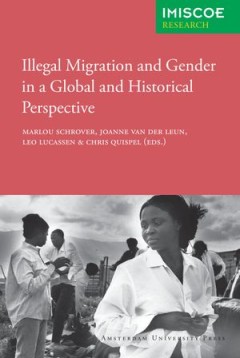
Illegal Migration and Gender in a Global and Historical Perspective
Two issues come to the fore in current debates over migration: illegal migration and the role of gender in illegal migration. This incisive study combines the two subjects and views the migration scholarship through the lens of the gender perspective, investigating definitions of citizenship and the differences in mechanisms of inclusion and exclusion for men and women, producing a comprehensiv…
- Edition
- -
- ISBN/ISSN
- 9789089640475
- Collation
- -
- Series Title
- -
- Call Number
- 300 QUI i
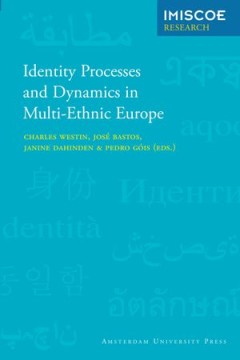
Identity Processes and Dynamics in Multi-Ethnic Europe
This volume is a study of identity processes and identity dynamics in a post-colonial, multiethnic European context that is constantly changing under the pressures of globalisation, migration movements and integration. The authors represent a variety of disciplines: American studies, anthropology, cultural studies, ethnology, history, social psychology and sociology. Eleven of the thirteen chap…
- Edition
- -
- ISBN/ISSN
- 9789089640468
- Collation
- -
- Series Title
- -
- Call Number
- 351.81 BAS i
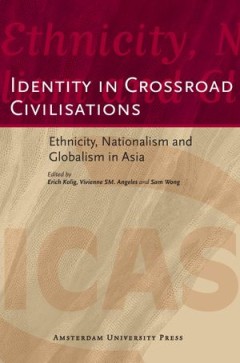
Identity in Crossroad Civilisations
Based on multi-disciplinary studies conducted in Asia (India, Bhutan, China, Japan, Malaysia, Philippines, New Zealand), this volume on Identity in Crossroad Civilisations: Ethnicity, Nationalism and Globalism in Asia demonstrates how identity is defined, negotiated and conceptualised in response to increasing globalisation in the region. Asian expressions of identity reflect, in many ways, the…
- Edition
- -
- ISBN/ISSN
- 9789089641274
- Collation
- -
- Series Title
- -
- Call Number
- 300 ANG i
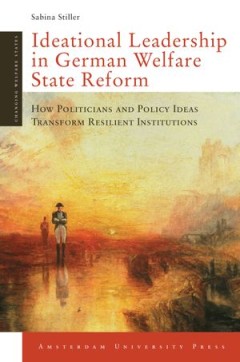
Ideational Leadership in German Welfare State Reform
The author of this innovative study argues that key politicians and their policy ideas, through "ideational leadership", have played an important role in the passing of structural reforms in the change-resistant German welfare state. This argument is based on in-depth case studies of individual reforms in health care, pensions and unemployment insurance since the early 1990s as well as a concis…
- Edition
- -
- ISBN/ISSN
- 9789089641861
- Collation
- -
- Series Title
- -
- Call Number
- 320 STI i
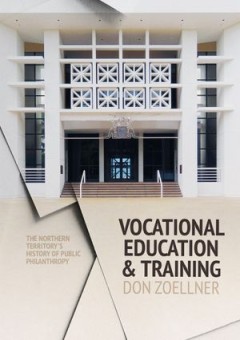
Vocational Education and Training The Northern Territory’s history of publ…
This book represents the first consolidated history of vocational education and training in the Northern Territory. Not only does the story present a chronological account of events, people and institutions, it also offers an explanation of how the system actually works and this has application well beyond the Territory. The mix of historical accounting and operational analysis comes from a uni…
- Edition
- -
- ISBN/ISSN
- 9781760460990
- Collation
- -
- Series Title
- -
- Call Number
- -
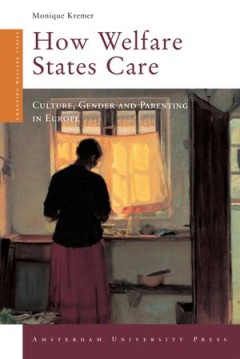
How Welfare States Care
A social revolution has taken place in Europe. Women's employment patterns changed drastically the last decades. But they are still different across Europe. Welfare state scholars often presume that diversity and change in women's employment across Europe is based on financial (dis) incentive structures embedded in welfare states. This book shows, by in depth analyses of women's (and men's) emp…
- Edition
- -
- ISBN/ISSN
- 9789053569757
- Collation
- -
- Series Title
- -
- Call Number
- 320 KRE h
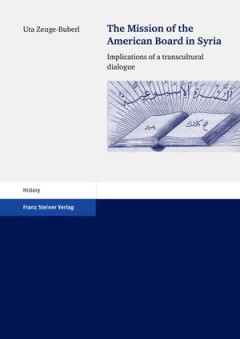
The Mission of the American Board in Syria: Implications of a transcultural d…
The focus of this study is the “Syria Mission”, directed by the Protestant missionary society American Board of Commissioners for Foreign Missions (ABCFM) from 1819 to 1870 in the Ottoman province of Syria, operating mainly within the territory of present-day Lebanon. The analysis of the cultural transfer between the Ottoman Empire and the United States of America undertaken in this study f…
- Edition
- -
- ISBN/ISSN
- 9783515113786
- Collation
- -
- Series Title
- -
- Call Number
- 300
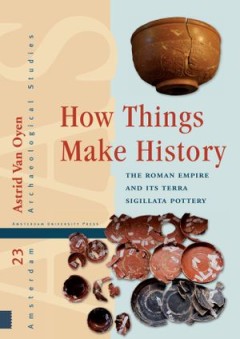
How Things Make History: The Roman Empire and its terra sigillata Pottery
Bright red terra sigillata pots dating to the first three centuries CE can be found throughout the Western Roman provinces. The pots' widespread distribution and recognisability make them key evidence in the effort to reconstruct the Roman Empire's economy and society. Drawing on recent ideas in material culture, this book asks a radically new question: what was it about the pots themselves tha…
- Edition
- -
- ISBN/ISSN
- 9789048529933
- Collation
- -
- Series Title
- -
- Call Number
- 930.1 OYE h
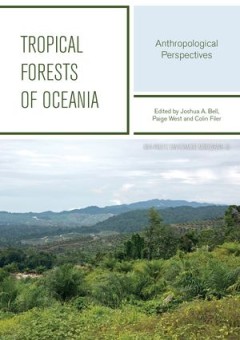
Tropical Forests Of Oceania Anthropological Perspectives
The tropical forests of Oceania are an enduring source of concern for indigenous communities, for the migrants who move to them, for the states that encompass them within their borders, for the multilateral institutions and aid agencies, and for the non-governmental organisations that focus on their conservation. Grounded in the perspective of political ecology, contributors to this volume appr…
- Edition
- -
- ISBN/ISSN
- 9781925022728
- Collation
- -
- Series Title
- -
- Call Number
- -
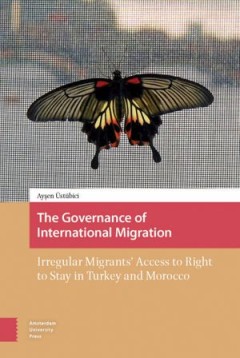
The Governance of International Migration: Irregular Migrants' Access to Righ…
As concern about immigration has grown within Europe in recent years, the European Union has brought pressure to bear on countries that are allegedly not sufficiently governing irregular migration with and within their borders. This book looks at that issue in Turkey and Morocco, showing how it affects migrants in these territories, and how migrant illegality has been produced by law, practiced…
- Edition
- -
- ISBN/ISSN
- 9789048532803
- Collation
- -
- Series Title
- -
- Call Number
- 300 ONA g
 Computer Science, Information & General Works
Computer Science, Information & General Works  Philosophy & Psychology
Philosophy & Psychology  Religion
Religion  Social Sciences
Social Sciences  Language
Language  Pure Science
Pure Science  Applied Sciences
Applied Sciences  Art & Recreation
Art & Recreation  Literature
Literature  History & Geography
History & Geography